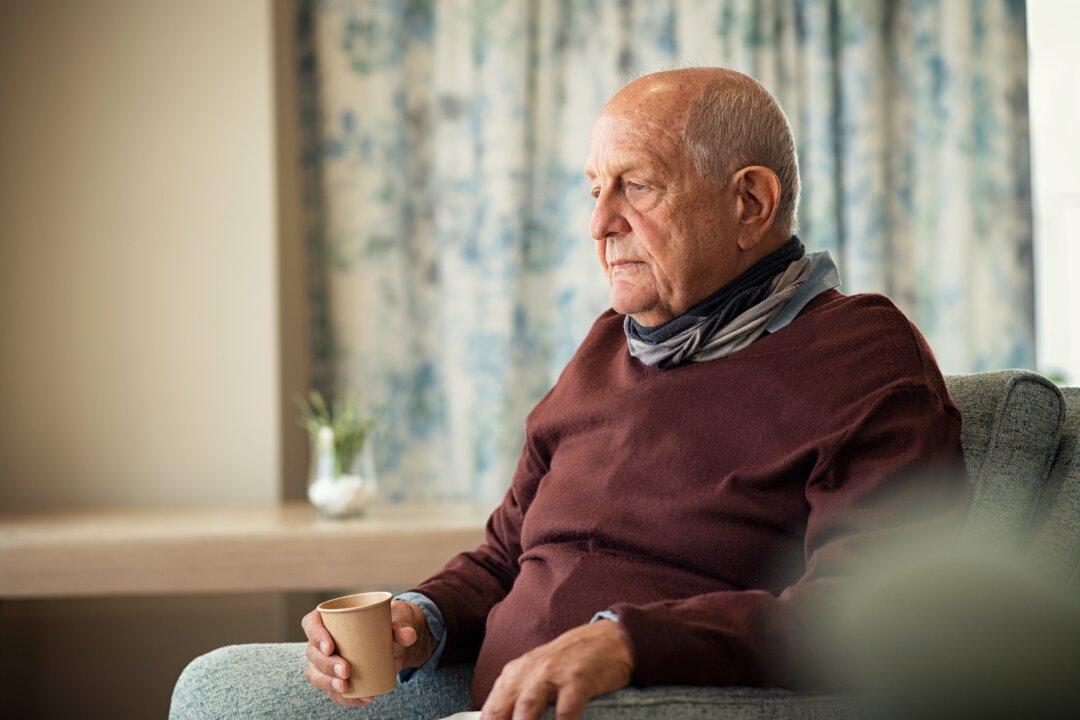Even if you’re middle-aged and sedentary, it’s not too late to improve your health and safeguard your old age through exercise.
In fact, “it may be possible to ‘turn back the clock’ in midlife through lifestyle changes such as physical activity,” Binh Nguyen, a member of the faculty of Medicine and Health at the University of Sydney, Australia, told The Epoch Times.
The investigators began with the premise that while we all know it’s important to stay (or get) in shape, staying active through the years can be a challenge.
They note that staying active may be especially tough for women as they get older, simply because life changes get in the way.
“For women, major transitions in life, such as marriage, childbirth, children leaving home, retirement, and bereavement, can be associated with changes in physical activity,” they wrote.
Study Methods and Findings
To perform their investigation, the researchers evaluated data collected at three-year intervals between 1998 and 2019 from 11,336 participants in the Australian Longitudinal Study on Women’s Health.- Those who met the World Health Organization physical activity guidelines consistently throughout the 15-year “exposure period”
- Those who did not meet the guidelines at the beginning of the exposure period but began meeting the guidelines at age 55, 60, or 65
“Physical activity was based on reported weekly minutes of activity (walking, moderate leisure activity, and vigorous leisure activity),” Ms. Nguyen told The Epoch Times.
Both those subjects who consistently adhered to the physical guidelines and those who first started to meet the guidelines at age 55 had higher scores on a “physical quality of life” scale at around age 70 than those who never met the guidelines, the investigators found.
Put simply, “a significant link [was found] between regular exercise during middle age and physical health in later life, even when the exercise routine was not started until [the] mid-50s,” a PLOS statement says.
Weaker Effects on Mental Health
Ms. Nguyen noted that while she and her colleagues expected that consistent physical activity during middle age would be associated with better physical and mental health-related quality of life, “we were surprised that mental health was just not improved as much.”Implications for Women’s (and Men’s) Health
Ms. Nguyen expressed hope that her study findings would inspire middle-aged women to stay active or boost their physical activity.“Being active for as many years as possible, even if you start to exercise regularly in your mid-50s, could have important health benefits in terms of physical health, so it’s not too late,” she said. This positive message may prompt women to “make up” for not being active earlier by becoming active in middle age.
Since the study was based on women, Ms. Nguyen said, the specific findings may not be generalized to men. However, she added, “Findings from previous research suggest that being active in mid-life may positively influence various health outcomes in men.”





